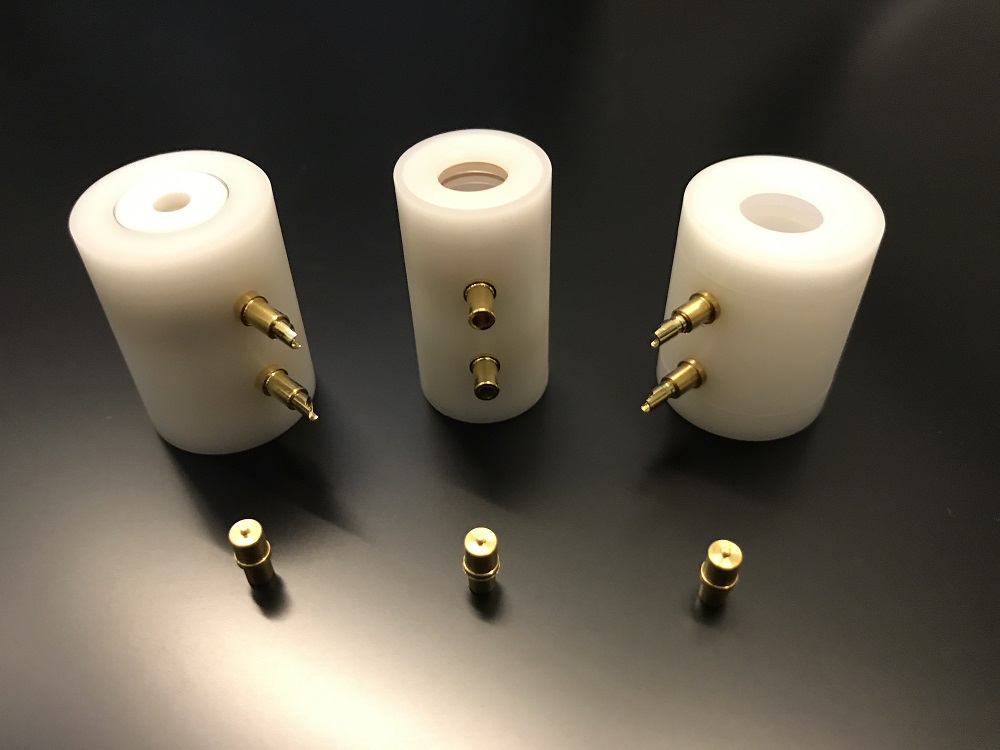Many people may encounter such problems in their actual work. In the performance of the band, the musician said that the listener is not big enough or can not hear clearly, and asks the controller to improve his listening volume. Sometimes the player's volume will be raised after the volume of the return is increased. When the volume of the listening is loud, the possibility of the microphone whistling is also large, and it will enter a vicious circle. Sometimes when it is not handled well, it is easy to cause disputes between the musician and the sound control personnel.
In fact, the listening system is originally an audio system that serves the actors. It is used to let the musicians monitor their performances or singing effects and adjust them in time. So whether the monitoring system can truly express the performance of the musician is a very important aspect.
In most cases, the stage listening system is connected from the mixer AUX output to an equalizer and then to the amplifier. However, I found that many people tend to deal with the stage returning. The equalizer is usually only used to deal with the microphone whistling. In this usage, the sound of the listening speaker is often flawed. The reductiveness of the instrument's sound is greatly reduced. The sound heard by the people on the stage is not the sound effect he imagined. He feels that it is not right, but they often don't understand the reductiveness of the sound, so they think that the volume is not enough, so they need to increase the volume. At this point, you just raise the volume, the musicians will complain that they can't hear clearly, the root cause is that the reductiveness is not good, and the sound of listening back is not clear enough. This is like a person who speaks unclear. When you whisper, you can't hear what he said. If you let him speak loudly, you can't hear it.
So to solve this problem, the first thing is to provide a reductive stage back-receiving system. The resilience is good, the clarity will go up, and the casters can clearly hear their own performance without opening too much volume. The effect is. To improve system reductiveness, it is necessary to use an equalizer for the system's sound reinforcement defects for targeted compensation. When the system is highly reductive and the expression is clear, there is no need to be shocked, and the possibility of the microphone whistling is greatly reduced.
Laser components from Coupletech Co., Ltd. includes BBO Pockels Cell ( BBO EO Q-Switch ), LN pockesl cell ( LN EO Q-Switch), DKDP pockels cell (DKDP EO Q-Switch), RTP pockels cell (RTP Q-Switch), KTP EO Modulator, Pockels Cell Driver, LD driver, Mirror, Window, Prisms, Lens, Beamsplitter, Optical filter, Collimater, Waveplate, Polarizer, Brewster Window, Polarization Rotator, Opitcal Isolators, Quartz, and so on.
Development, production and distribution of optoelectronic components for lamp-pumped Solid State Laser and LD pumped solid state laser, especially for Pulsed Q-Switched laser. Professional for EO Q-Switch and Modulator production and processing. We offer optimized solution for demanding applications, especially for laser in higher damage threshold, higher power and higher repetition rate. We will always stick to the target of high quality, good faith, endless perfection and unending innovation.

Laser Component,Pockels Cell Driver,Optical Element,Polarization Optics
Coupletech Co., Ltd. , https://www.coupletech.com